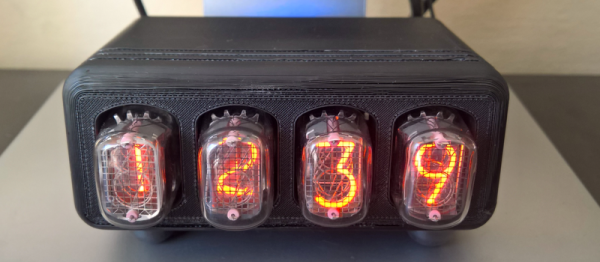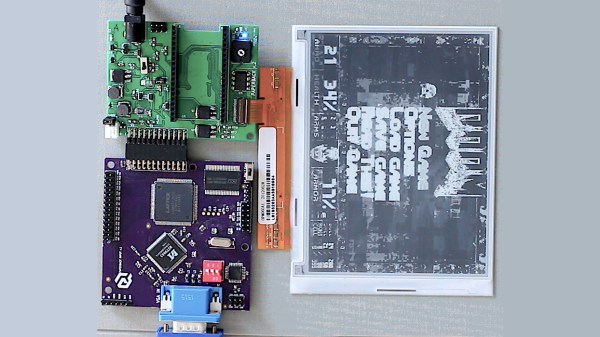Nixie clocks are the in thing right now, and they have been for at least a decade. For his Hackaday Prize entry, [mladen] is bringing things into the 21st century with a USB-powered, IoT Nixie clock. It displays the time, temperature, the current cryptocurrency price in fiat, your current number of Twitter followers, the number of updoots on your latest reddit meme, or anything else that can be expressed as four digits.
This Nixie clock uses four IN-12B tubes, with the dot, which are more or less standard when it comes to small Nixie clocks. These tubes are mounted directly to a PCB, which is in turn mounted at 90 degrees to the main board, providing a slim form factor for the machined wood or aluminum enclosure.
The control electronics are built around the ESP8266, with a handy USB connection providing the power and a serial connection. A BQ3200 real time clock keeps the time with the help of a supercapacitor. The killer feature here is a piezo sensor to detect taps on the enclosure. Hit the clock once, and it displays the time. Hit it two times, and the current balance of your bitcoin wallet is displayed. It’s a great project, and [mladen] is hoping to turn this project into a product and put it up on Crowdsupply soon. All in all, a great entry to The Hackaday Prize.





















